Any diamond that is intended for industrial usage, primarily as a cutting tool or abrasive, is referred to as an industrial diamond. Industrial diamonds are often too badly defective, irregularly shaped, poorly colored, or tiny to be valuable as jewels, yet they are critical in modern metallurgy and mining. The fact that diamond is the hardest natural material known lends to their usefulness.
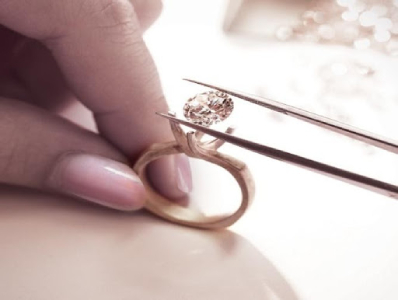
The majority of people are aware that diamonds are used as jewelry. These stones have a brilliant gleam to them that makes them a popular focal point in many jewelry designs, as well as a significant source of revenue for the economy. When it comes to engagements or weddings, diamonds are frequently the first option as a jewelry present. The diamond's crystalline, gleaming structure allows it to be sliced into smaller structures and then adorned with a pattern. When combined with other metals such as platinum, silver, gold, titanium, tungsten, and others, it has a high amount of optical dispersion, making it both attractive and distinctive. According to studies, almost 30% of diamonds extracted from the earth's innards are utilized in the pure gem trade, with the remaining 70% employed in other industries.
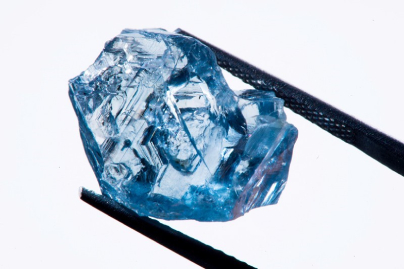
Diamonds are promoted as an exfoliant and a “blurring” element to minimize the appearance of wrinkles in terms of aesthetic advantages. Diamonds are a powerful abrasive and would be mild enough for face usage in powder form, thus I see why they are used as an exfoliant. To disperse enough light to blur wrinkles, a large concentration of diamond dust would be required. Because diamonds aren't an active component, you'd have to reapply the lotion several times during the day. Over time, the cost of all of those high-end diamond-based cosmetic products would certainly mount up!
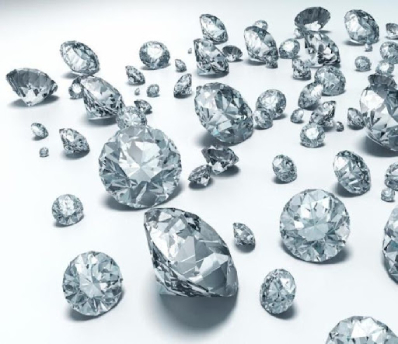
Diamonds are a widely utilized metal in industries, in addition to being used in jewelry. It is the hardest metal on the planet, according to studies, and it transmits heat quite effectively. In industries, both the synthetic components and the diamonds themselves are frequently used. The lab-created jewels have characteristics comparable to genuine stones, but the chances of getting them are slim. Furthermore, natural gems do not resemble actual jewels, and only a small fraction of them may be exploited by businesses. Some can be found in the form of "bort" and tiny diamond fragments and dust.
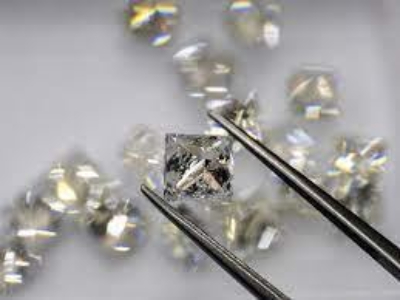
Diamonds may also be beneficial to one's health. I'm not referring to the old wives' tale about diamonds warding off the evil eye, but rather actual medical study on nanodiamonds. Nanodiamonds are a thousand times smaller than a human hair and are the tiniest diamond particles known. Nanodiamonds are a good indication of the efficacy of cancer treatments, according to a recent Cardiff University study. Nanodiamonds were chosen by the researchers because they reflect light and are compatible with human cells. The researchers were able to observe the biological processes that happened after patients were given cancer treatment by using the diamonds' reflecting characteristics. Medical experts have explored at utilizing diamonds to aid the sight handicapped because of their particular connection with light. Diamonds have been investigated as a possible material for bionic eyes and blind eye implants.
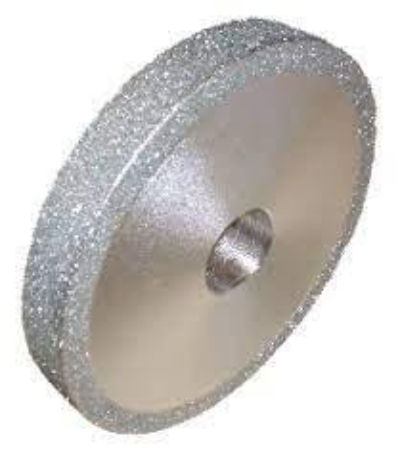
Diamonds are frequently used as abrasives due to their high hardness (ten on the Mohs scale). The majority of industrial diamonds are utilized in this way. Saw blades, drill bits, and grinding wheels all have little diamond particles incorporated in them. After then, these instruments are used to cut, drill, or grind hard materials. They may also be crushed into a tiny powder and turned into a "diamond paste" for ultra-fine grinding and polishing. Gem cutters began utilizing tiny diamond particles to cut and polish other diamonds as early as the 16th century. The only abrasive that can accomplish the job is diamond. Many diamonds are now cut by lasers in the twenty-first century, but all diamond cleaning is still done with tiny diamond particles.

